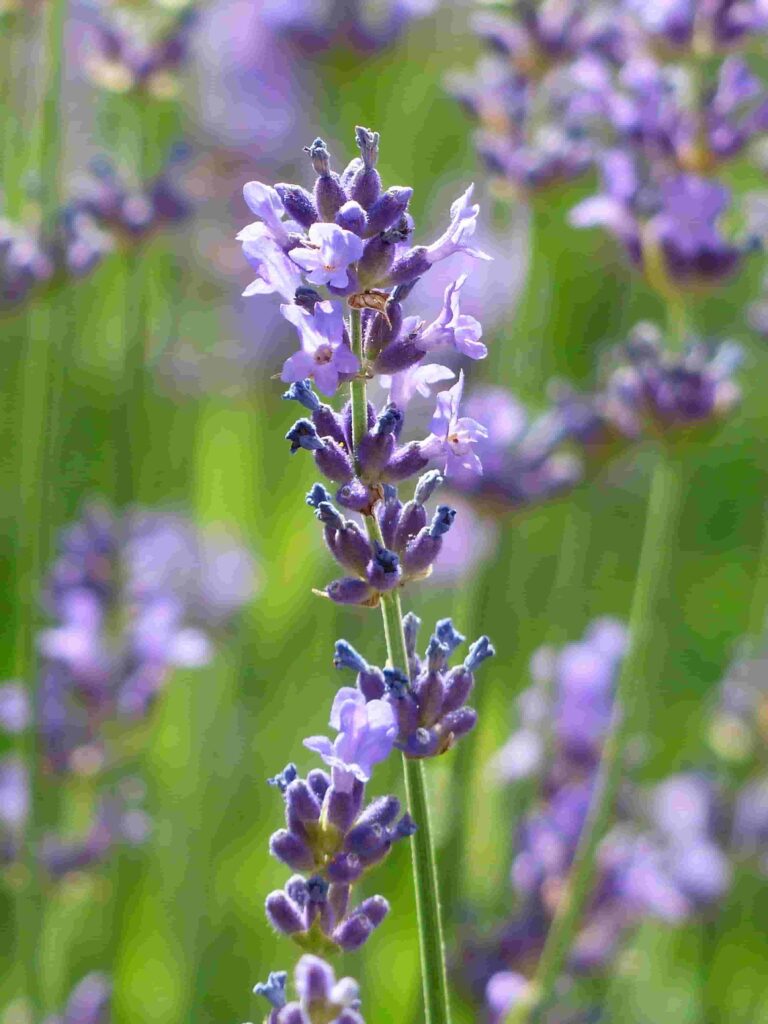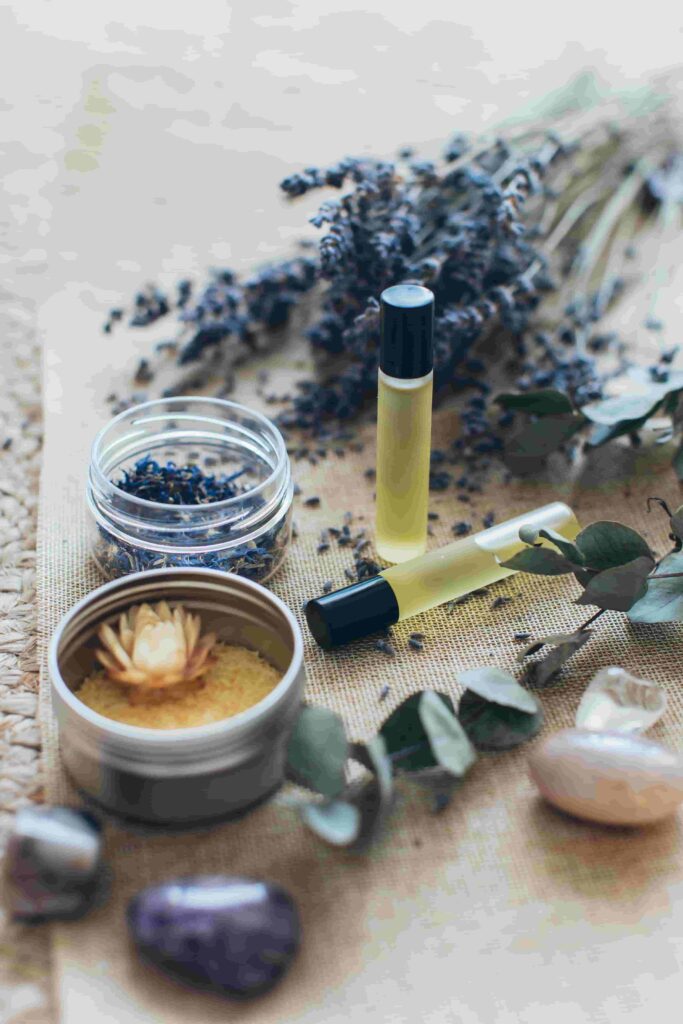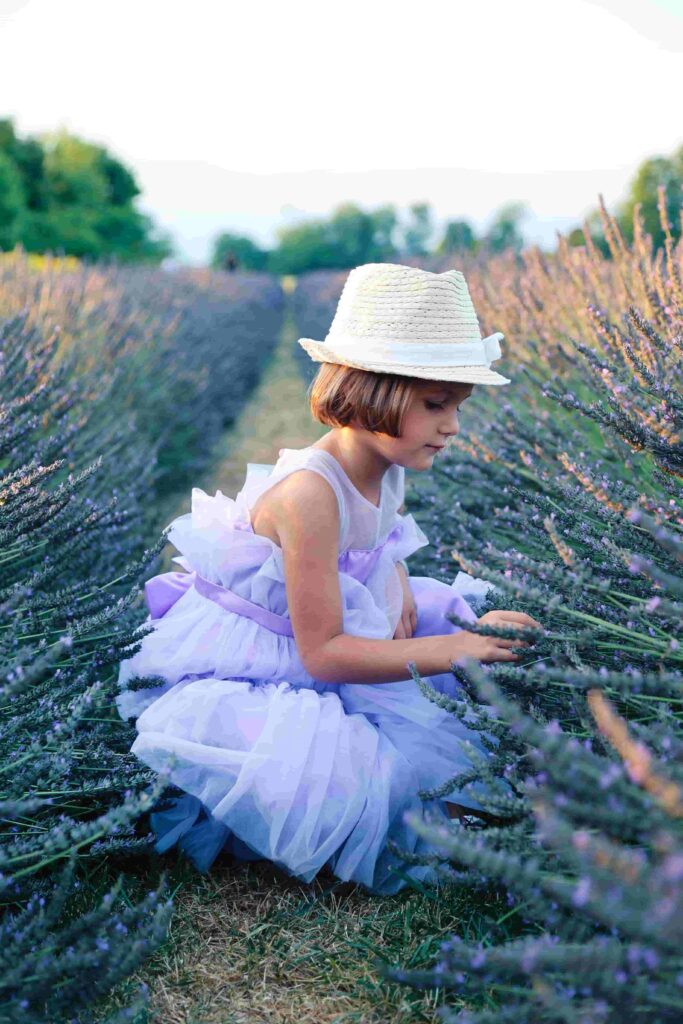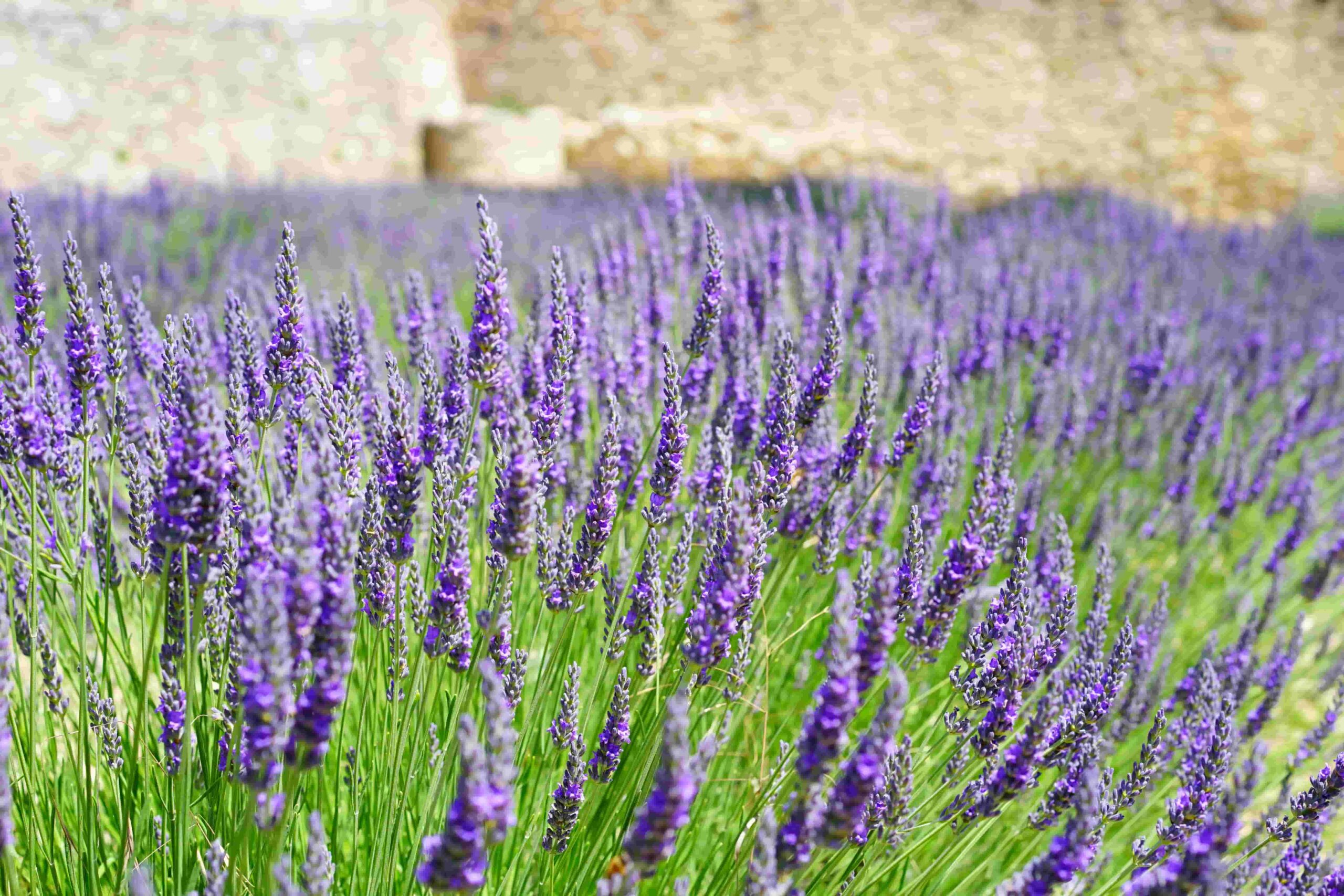विषयसूची
- 1. Introduction: The Captivating World of Lavender
- 2. The History and Origins
- 3. Varieties of Lavender: Exploring Different Species
- 4. Cultivating and Growing Lavender
- 5. The Aromatic Wonders of Lavender Essential Oil
- 6. Traditional and Alternative Medicine
- 7. Cosmetics and Skincare
- 8. Lavender in Culinary Delights
- 9. Lavender as a Natural Pest Repellent
- 10. Lavender Crafts and DIY Projects
- 11. Home Décor and Fragrance
- 12. Lavender Gardens and Landscaping
- 13. Tips for Harvesting and Drying
- 14. Caring for and Preserving Lavender Products
- 15. Conclusion
- FAQs (Frequently Asked Questions)
1. Introduction: The Captivating World of Lavender

Lavender, with its delicate purple flowers and enchanting fragrance, has captivated hearts for centuries. This versatile herb not only adds a touch of beauty to gardens but also offers numerous practical applications. From its historical significance to its uses in various domains, this plant continues to be cherished worldwide. In this article, we will delve into the intriguing aspects of lavender, exploring its origins, cultivation, diverse uses, and more.
2. The History and Origins
Lavender’s rich history can be traced back thousands of years. This plant’s roots can be traced to the Mediterranean region, where it was cultivated and employed by civilizations such as the Egyptians, Romans, and Greeks. The Greeks called it “nardus” or “nard,” and the Romans discovered its therapeutic properties, using it in baths and for medicinal purposes. This plant’s popularity spread across Europe during the Middle Ages, where it became an essential component in perfumes and soaps.
3. Varieties of Lavender: Exploring Different Species
This plant encompasses a wide range of species and cultivars, each with its distinct characteristics. The most commonly known species include Lavandula angustifolia, Lavandula intermedia, and Lavandula stoechas. Lavandula angustifolia, also known as English lavender, is renowned for its calming fragrance and is often used in essential oils. Lavandula intermedia, or lavandin, is a hybrid of English and spike varieties, possessing a stronger scent. Lavandula stoechas, or Spanish lavender, boasts unique and vibrant flower heads with distinctive bracts.
4. Cultivating and Growing Lavender
Growing this plant requires careful consideration of its preferred growing conditions. Growing conditions for this plant include moist soil and lots of sunlight. Once established, it is a drought-tolerant plant that needs little water. To promote healthy development and brilliant flowers, proper pruning and upkeep are crucial. This plant can adorn your yard with its beauty and aroma year after year with the proper care.
5. The Aromatic Wonders of Lavender Essential Oil
Lavender essential oil stands as one of the most widely favored and versatile essential oils on the market. Its soothing aroma promotes relaxation, reduces stress, and aids in sleep. The oil’s therapeutic properties extend beyond aromatherapy and can be used topically for various purposes, such as alleviating skin irritations, soothing insect bites, and relieving muscle tension. This oil truly exemplifies nature’s gift to holistic well-being.
6. Traditional and Alternative Medicine

For centuries, this plant has been valued for its therapeutic qualities. Traditional medicine has utilized lavender to alleviate headaches, reduce anxiety, and promote better digestion. In alternative medicine, it is believed to have antiseptic, anti-inflammatory, and analgesic properties. Its gentle yet effective nature makes it a sought-after remedy for a wide array of ailments.
7. Cosmetics and Skincare
The beauty industry has harnessed the benefits of this plant in various cosmetic and skincare products. Lavender’s antimicrobial and anti-inflammatory properties make it ideal for soothing and rejuvenating the skin. From lavender-infused creams and lotions to face masks and serums, this herb offers a natural and gentle solution for healthy and radiant skin.
8. Lavender in Culinary Delights
Beyond its aromatic and therapeutic qualities, this plant lends its delightful flavor to culinary creations. In the kitchen, its flowers can be used to add a subtle floral note to desserts, beverages, and savory dishes. From lavender-infused honey to ice cream, this herb adds a touch of sophistication and uniqueness to gastronomic experiences.
9. Lavender as a Natural Pest Repellent
This plant’s fragrance not only delights humans but also deters unwanted pests. Its scent repels mosquitoes, moths, flies, and other insects, making it an excellent natural alternative to chemical-laden repellents. Placing lavender sachets or planting it near windows and entrances can help keep pesky insects at bay while adding beauty and fragrance to your surroundings.
10. Lavender Crafts and DIY Projects
Tis plant’s versatility extends beyond its practical applications. It has become a favorite ingredient in various crafts and do-it-yourself (DIY) projects. From creating lavender-infused candles and soaps to crafting fragrant sachets and potpourri, it allows individuals to unleash their creativity while enjoying its alluring scent.
11. Home Décor and Fragrance
This plant’s elegant and timeless charm makes it a popular choice for home décor and fragrance. Lavender-scented candles, diffusers, and linen sprays create a calming and inviting atmosphere. It’s Dried bundles or wreaths can add a rustic touch to any space. It’s aesthetic appeal and soothing aroma make it a versatile element in enhancing the ambiance of any home.
12. Lavender Gardens and Landscaping

This plant’s beauty truly shines in gardens and landscapes. With its vibrant purple blooms and silver-green foliage, it creates a visually stunning display. From formal garden beds to cottage-style borders, it can be incorporated into various garden designs, attracting pollinators and adding a touch of elegance to outdoor spaces.
13. Tips for Harvesting and Drying
Knowing when and how to harvest lavender is crucial to preserve its fragrance and potency. Harvesting it at the right time, preferably in the morning, ensures the highest concentration of essential oils. Proper drying techniques, such as hanging bundles upside down in a cool, dark, and well-ventilated area, help retain the aromatic properties. These tips will help you maximize the benefits of harvest.
14. Caring for and Preserving Lavender Products
Whether it is essential oil, dried lavender, or infused products, proper care and storage ensure their longevity. Shielding it’s products from direct sunlight, heat, and moisture is essential to maintain their quality. By following simple guidelines, you can enjoy the beauty and benefits of them for an extended period.
15. Conclusion
Lavender’s allure extends far beyond its enchanting appearance and fragrance. Its historical significance, versatile applications, and therapeutic properties make it a beloved herb worldwide. From gardens to cosmetics, this plant finds its place in various aspects of our lives, enhancing our well-being and surroundings. Whether you choose to grow it in your garden, incorporate it into your skincare routine, or savor its flavor in culinary delights, this remarkable herb offers a myriad of benefits.
In conclusion, it is a truly magical and versatile plant that has captured the hearts of people for centuries. Its captivating beauty, soothing fragrance, and diverse applications make it a cherished herb in various domains. From its historical significance to its modern-day uses in skincare, aromatherapy, and culinary arts, this plant continues to enchant and inspire. Embrace the enchantment of this plant and explore the wonders it has to offer in your life.
With its myriad of uses and timeless appeal, it continues to captivate and inspire. Embrace the enchantment of this plant in your life and unlock its soothing, aromatic, and versatile qualities. From gardens to wellness routines, let lavender weave its magic and infuse your world with beauty and tranquility.
FAQs (Frequently Asked Questions)
Q: Can lavender be grown in different climates?
A: Yes, this plant can adapt to various climates, but it thrives best in sunny and dry conditions.
Q: Is lavender safe for sensitive skin?
A: Generally, this plant is considered safe for sensitive skin, but it’s always recommended to perform a patch test before using any new product.
Q: Can lavender be used as a natural remedy for headaches?
A: Yes, this plant’s calming properties make it a popular choice for alleviating headaches. You can try inhaling its essential oil or applying a diluted solution to your temples.
Q: How long does dried lavender retain its fragrance?
A: When stored properly in a cool, dark, and dry place, dried lavender can retain its fragrance for up to a year or more.
Q: Can lavender essential oil be ingested?
A: Ingesting essential oils should be done with caution and under the guidance of a qualified aromatherapist or healthcare professional. It’s important to use oils specifically labeled for culinary purposes.

